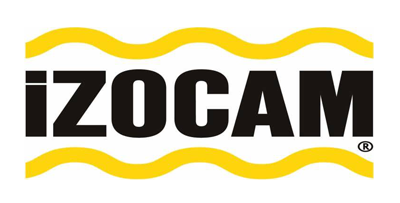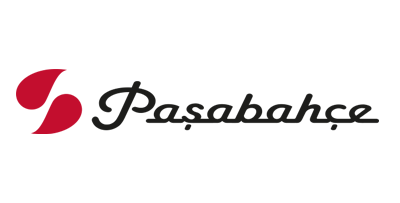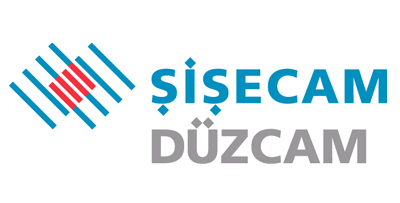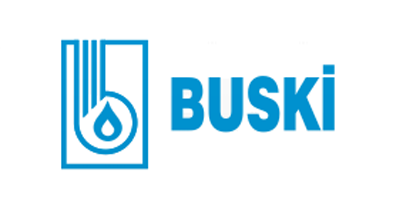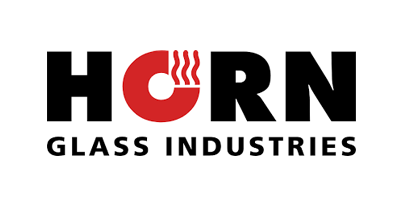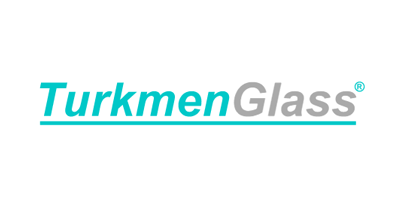Refractory Fire Bricks
Refractory fire brick production is a matter varied according to the desired result. Refractory fire bricks are used for two purposes. The first of these is a high thermal resistance. In other words, the refractory fire bricks should not lose their thermal resistance even at extremely high temperatures. This type of refractory fire bricks is called “coarse/fine-grained” and conventional powder processing methods are being used during the production. Another purpose is the corrosion resistance. Refractory fire bricks should also be acid and slag resistant. Glass-melting furnaces and glass sector, in general, are in need of bricks of this kind. This type of bricks do not have high thermal resistance, but their corrosion resistance is excellent. For this type of refractory fire bricks, fusion molding method is used. Let’s take a look at these brick types in detail:
- Coarse / fine-grained refractory fire brick production : As explained above, this is the traditional method for refractory fire bricks production. Refractories are composed of many different materials, such as oxide powders and graphite. These materials are passed through the crusher and formed into large grains. Then, the same mixture is converted into powder through the mill. The aim is to obtain a pure mixture as possible. The powdered refractory material is subjected to sintering to obtain a dough. This pulp is transferred to a mold of the desired size. High-powered presses compress the mixture and start the cooking process. The sintering process is usually performed at 800 C. The drying process is the longest phase and sometimes extends up to several weeks depending on the size of the refractory fire bricks.
- Fusion-cast refractory fire brick production : For fine-grained refractory fire bricks, the fusion casting (melting) method can also be used. In this method, refractory materials are put into an electric arc and melted under extremely high temperatures. Then, they are transferred to the graphite or sand molds. The length of the refractory blocks can be even up to 1 meter. However, the production costs are more expensive than conventional powder processing method. Although, this type of refractory fire bricks are used in structures where significant corrosion resistance is important, such as glass melting furnaces. Fusion-cast refractory fire bricks have a dense structure.
